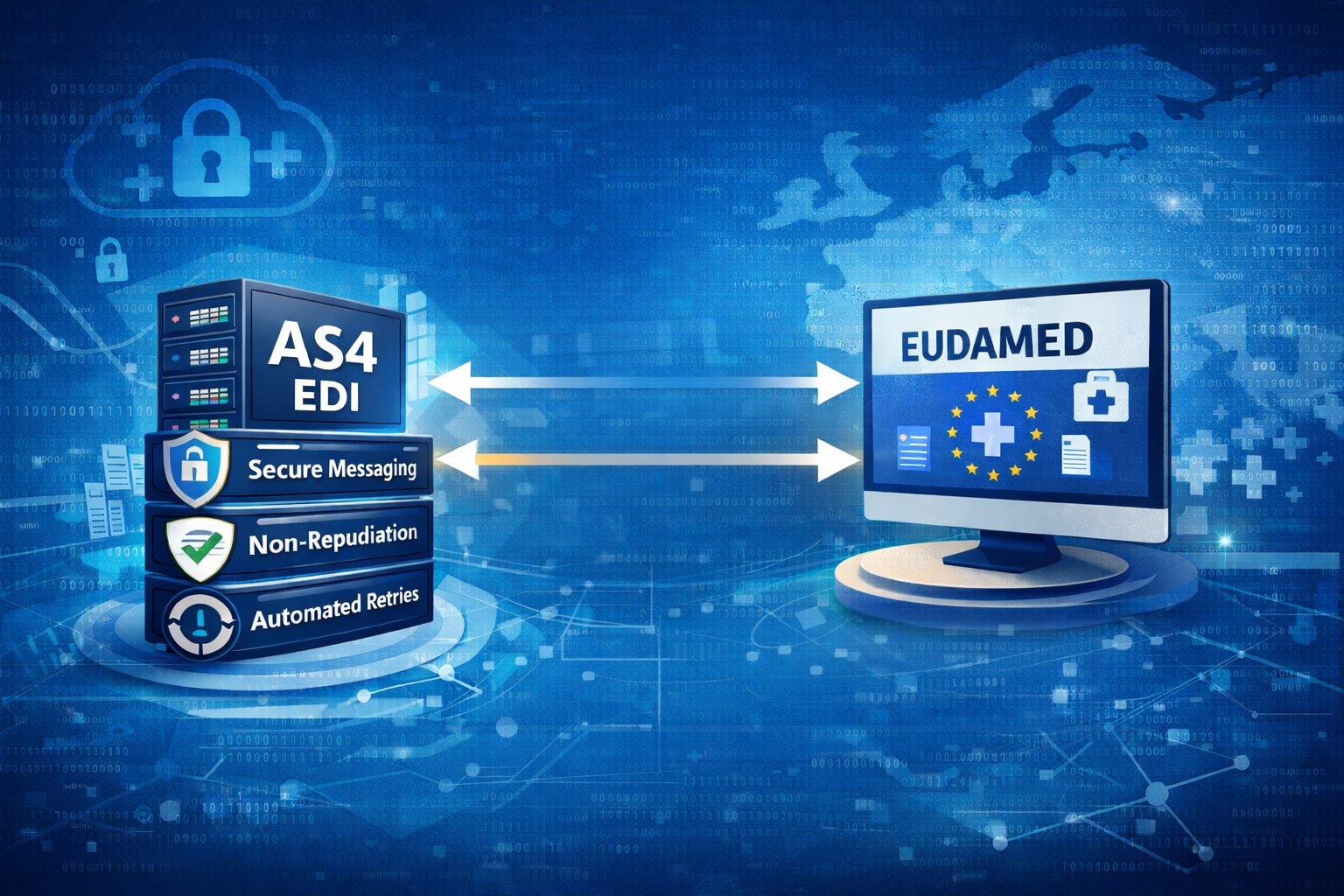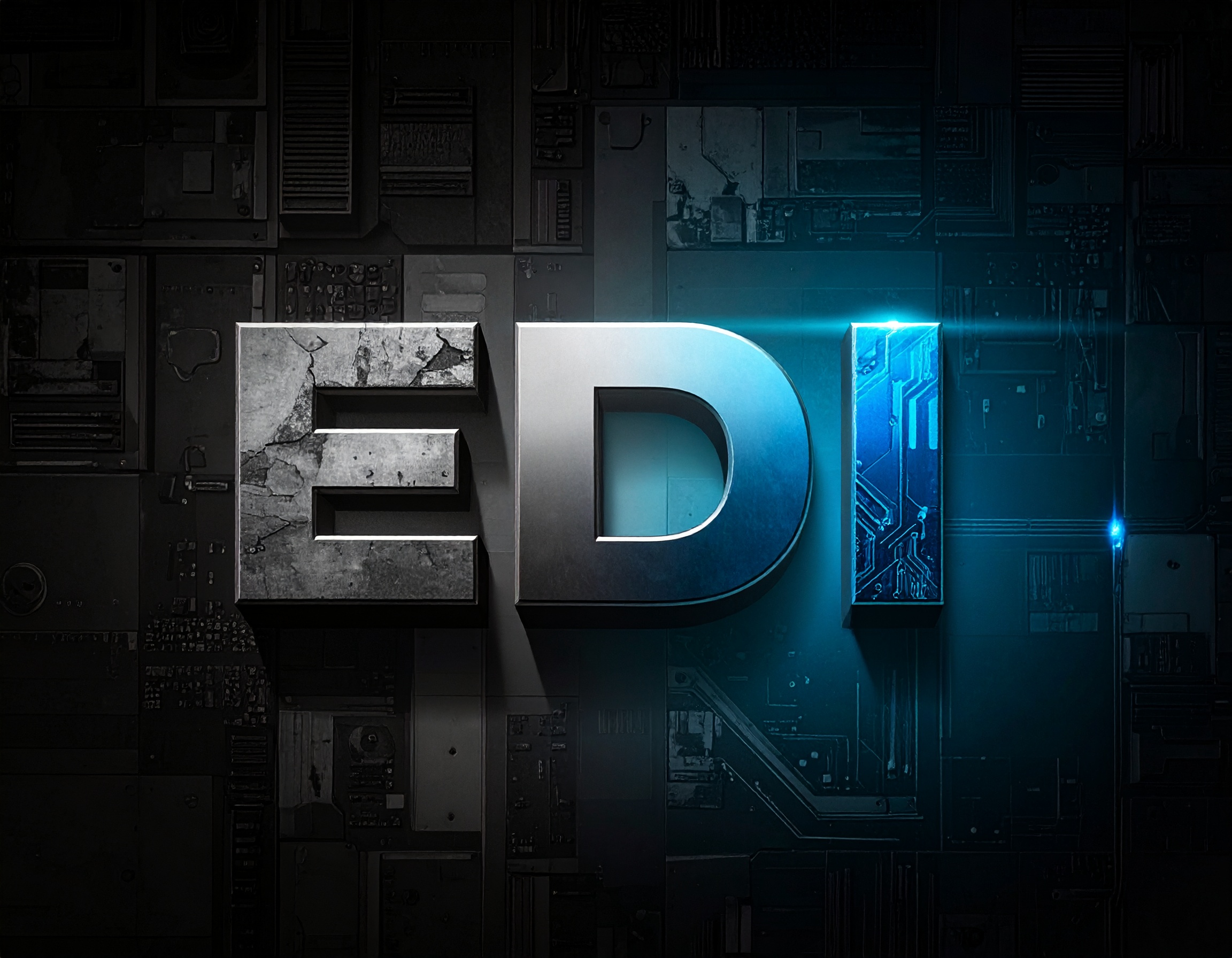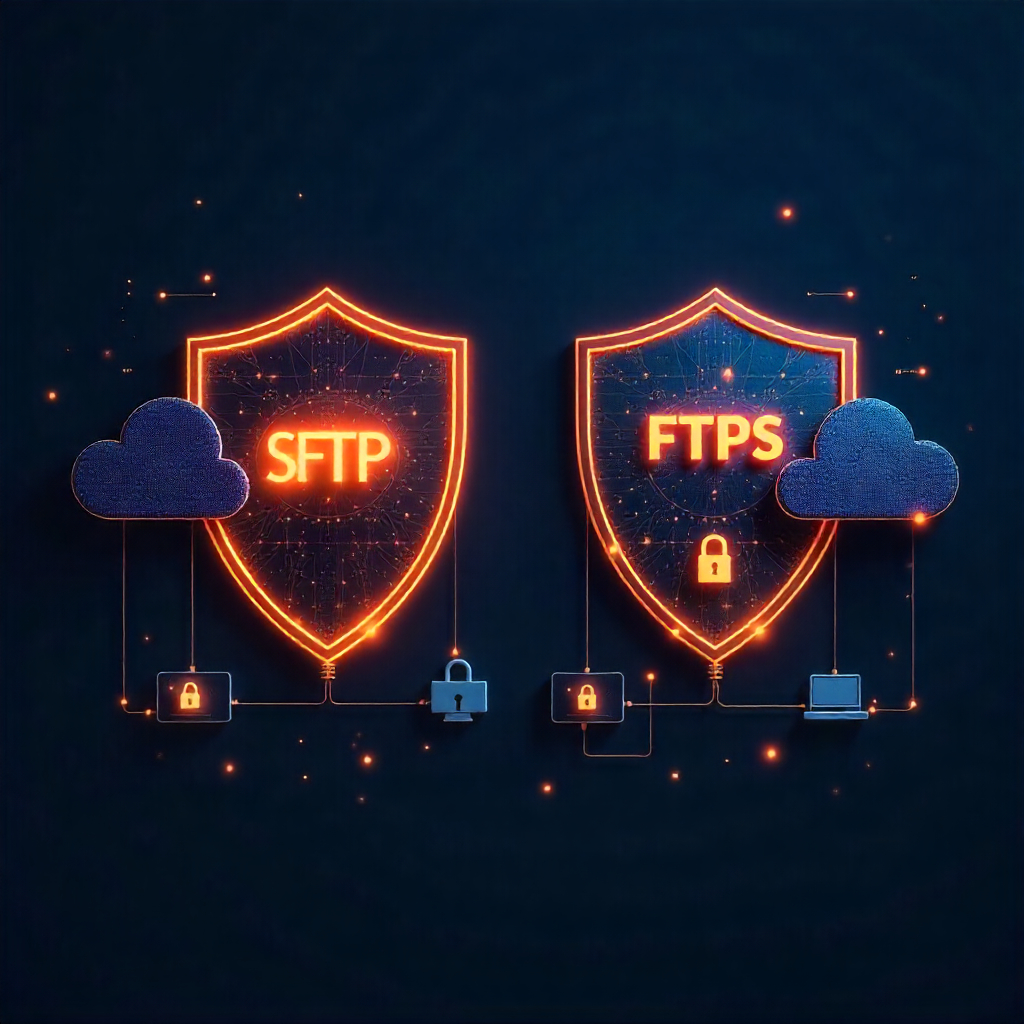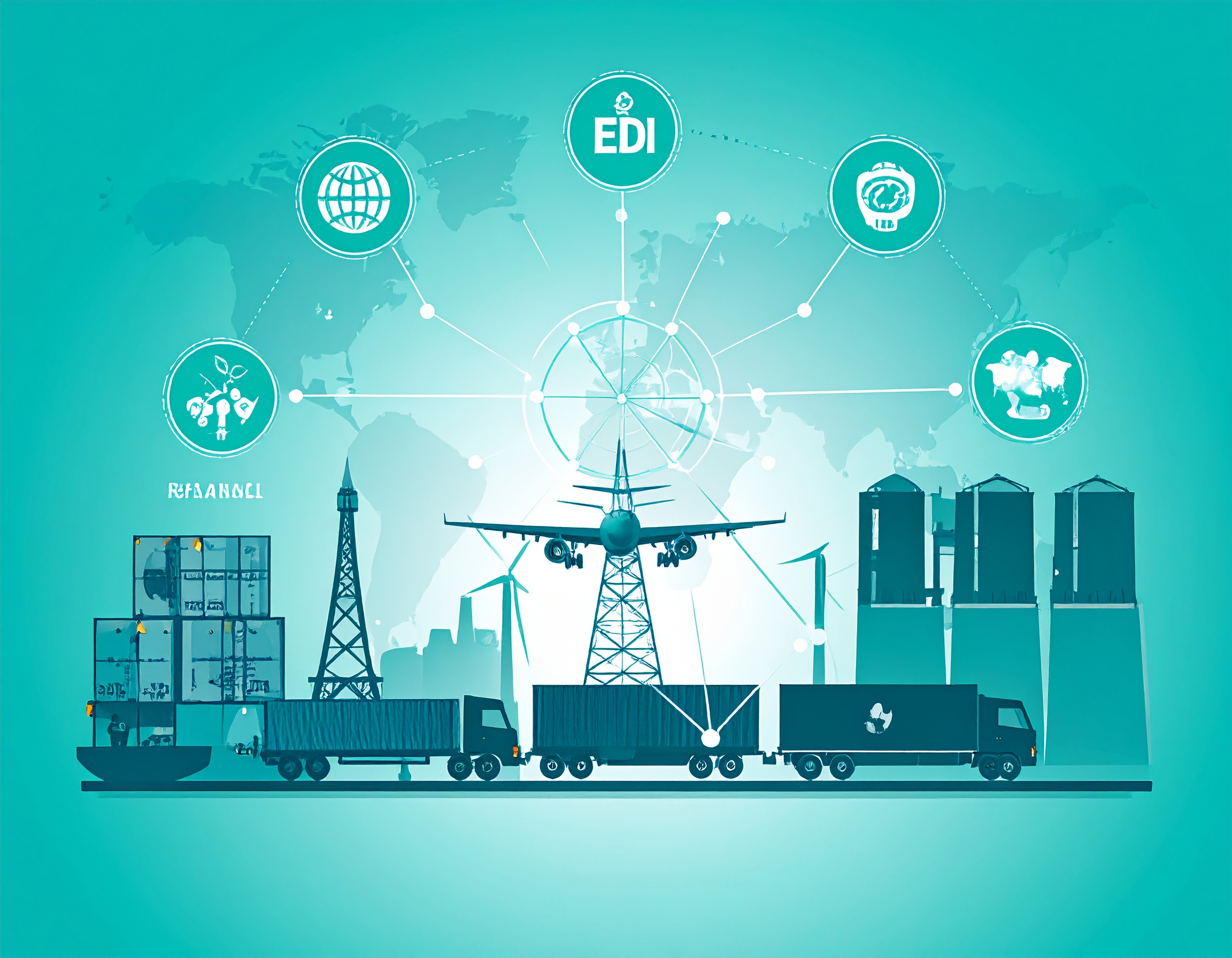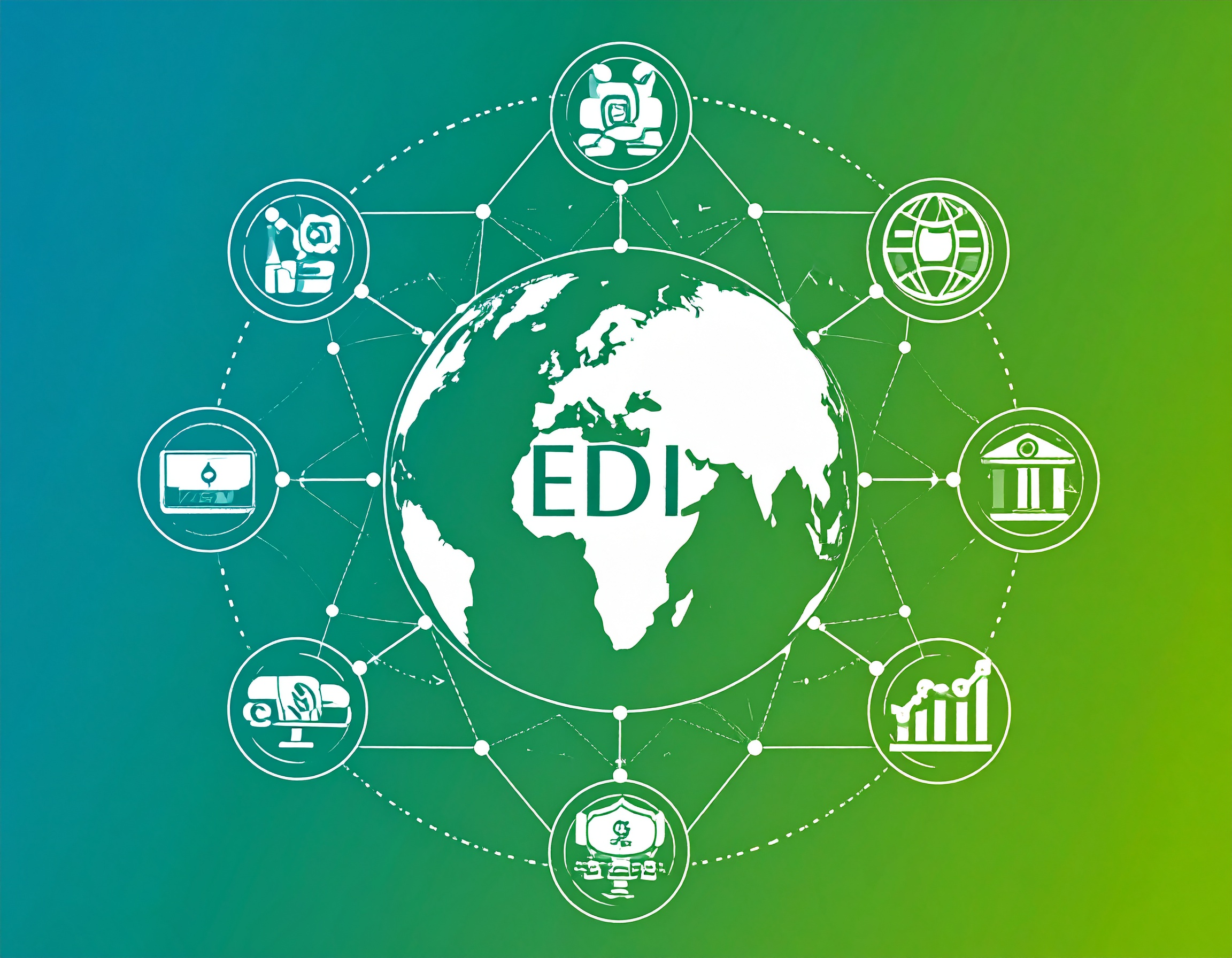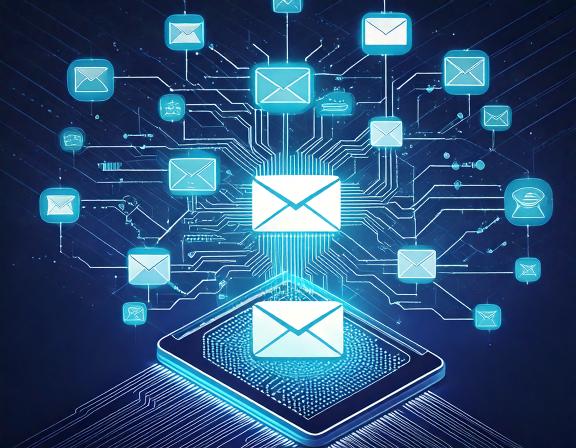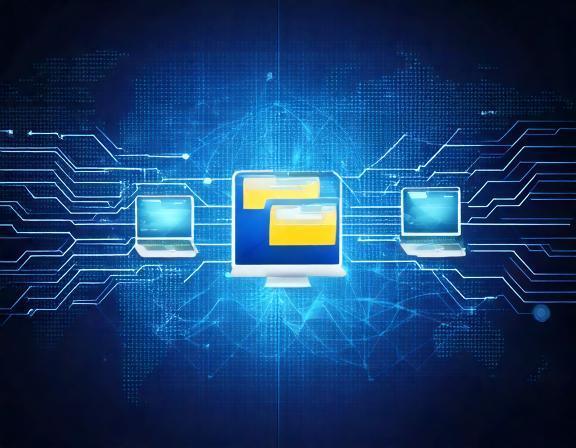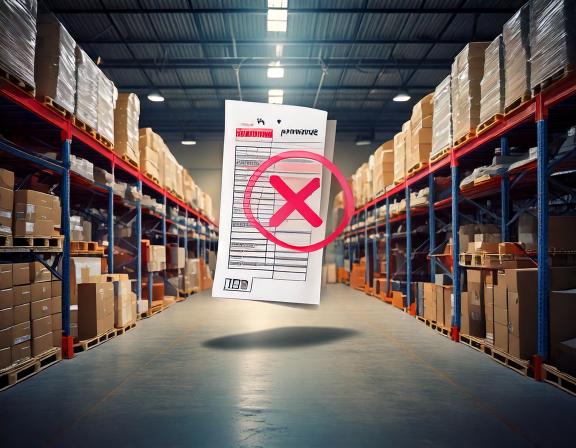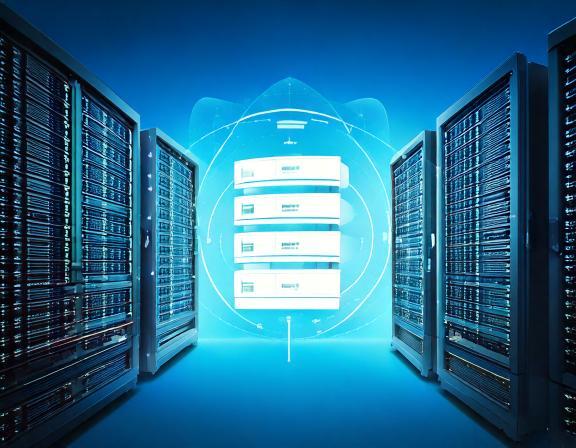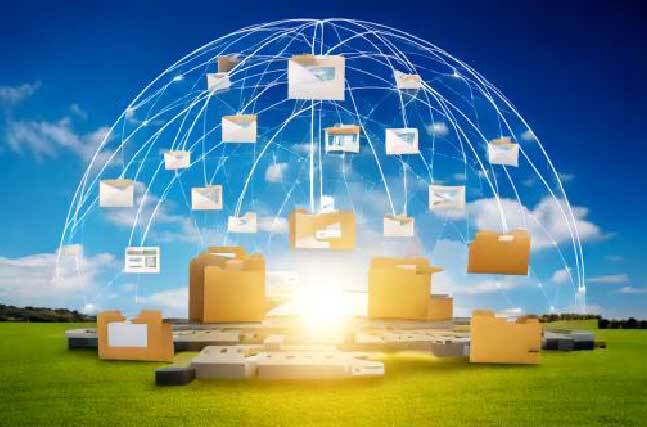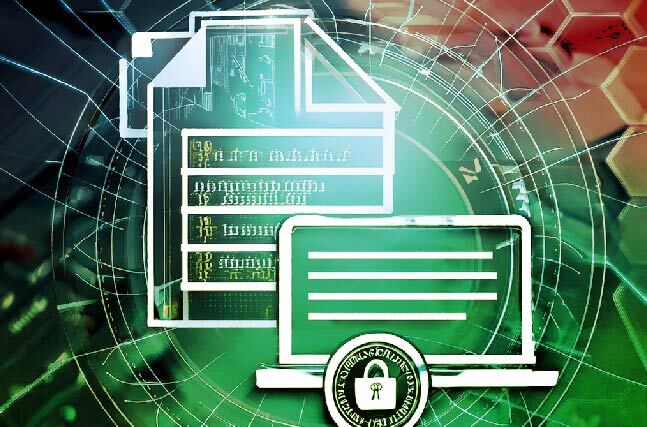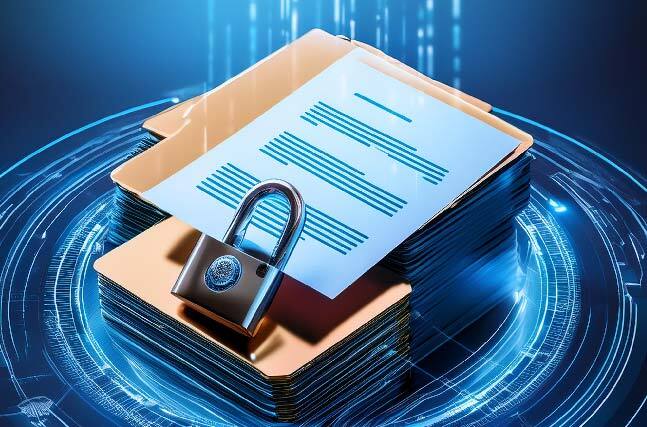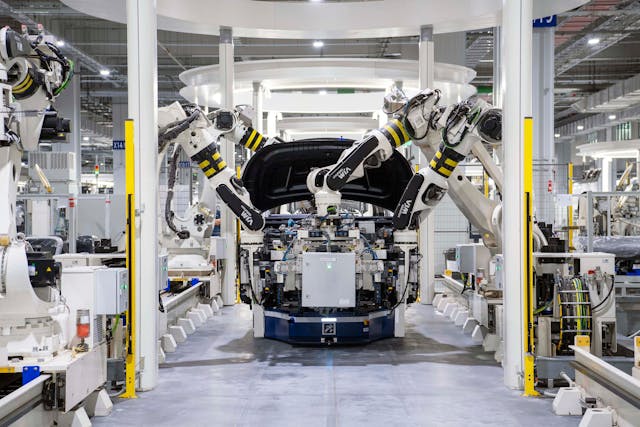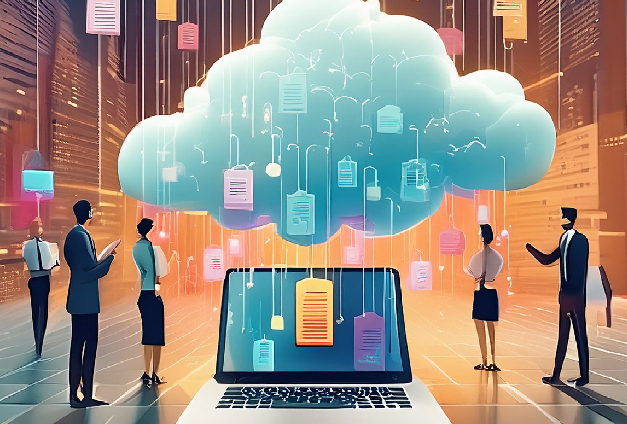MFT Gateway is a hosted Software as a Service (SaaS) solution that enables file exchange over the AS2 or SFTP protocol, without the need to install or maintain.
- Blog
- In what way does EDI have a direct impact on reducing your carbon footprint?
EDI
In what way does EDI have a direct impact on reducing your carbon footprint?
The implementation of EDI significantly reduces the need for paper in various common B2B communication such as orders, invoices, and delivery notes.

Adheeb Shafik
Published: 01 Sep 2023

Modern supply chains have long been implementing environmentally conscious measures, aiming to decrease the distances components travel prior to reaching customers and progressively adopting eco-friendly products and packaging. Today, businesses are making collaborative efforts to minimize their carbon footprint through these green initiatives.
While the desire to create an impact motivates numerous businesses, incorporating beneficial changes also proves financially advantageous. Nowadays, an increasing number of customers consider a company’s environmental commitments while making choices. Additionally, the steps taken to decrease a business’s carbon emissions frequently lead to noticeable cost reductions as well.
Adopting an electronic data interchange (EDI) solution is an ideal illustration of such an action.
What is EDI?
EDI enables businesses to automatically exchange electronic documents, which are typically formatted for computers rather than human readability. Consequently, an EDI invoice differs significantly from a PDF invoice received by email.
The primary objective behind the development of EDI standards was to streamline document exchange between businesses, eliminating the need for human involvement and reducing errors. The recipient’s system is able to extract the data automatically by the establishment of strict guidelines for organizing data elements within the document
The adoption of EDI standards and the corresponding message protocols used for transmission also significantly contribute to lower energy consumption when compared to email-based communication.
How can EDI directly reduce your carbon footprint?
EDI has a clear and immediate impact on reducing paper consumption. The implementation of EDI significantly reduces the need for paper in various common B2B communication such as orders, invoices, and delivery notes.
To illustrate the effect on paper usage, let’s focus on invoices as an example. A mid-sized business typically generates around 18,000 invoices per year, which amounts to approximately two metric tonnes of paper.
However, invoices represent only a fraction of the overall paper consumption. Considering that the average employee in the UK prints approximately 8,000 A4 sheets per year, a company with ten employees would consume around 80,000 sheets of paper annually. To put it into perspective, it takes about ten thousand sheets of paper to make up a single tree, so this level of paperwork would result in the loss of eight trees in a year.
When we extend this impact to all companies in the UK, considering their respective sizes, the cumulative effect is astonishing. Not only does the loss of trees hinder the removal of CO2 from the environment, but the process of cutting trees and converting them into paper also contributes to CO2 emissions due to the high carbon footprint of the papermaking process.
It’s worth noting that the production lifecycle of one kilogram of paper is responsible for producing approximately one kilogram of CO2 emissions.
A look at the indirect impacts of EDI on your carbon footprint
Apart from the direct consequences of reduced paper consumption, the utilization of EDI also brings about notable indirect effects.
Lesser emails
The carbon footprint of emails, although often overlooked, should not be underestimated. Several factors contribute to the size of this footprint:
The duration for which emails are stored: Emails that are stored for longer periods require additional space on hard drives, whether they are located on physical servers or in the cloud. The greater the space required, the more energy is consumed.
The size of the email: Larger emails consume more energy during the transmission process.
The number of recipients in the email’s carbon footprint: Sending an email itself contributes to its carbon footprint, and when the email is sent to multiple recipients, the carbon footprint is multiplied accordingly.
Attachments in the email and their quantity: Attachments contribute to the overall size of the email, requiring additional energy for their generation. The energy consumption depends on the software used for generating the attachments.
Improved efficiency and reduction in errors with EDI
By adopting EDI, companies significantly reduce the need to send large volumes of emails, leading to a substantial decrease in energy consumption. Instead of relying on email for communication, EDI efficiently handles most of the interactions between business partners.
Furthermore, EDI brings about improved efficiency and minimizes errors that often arise from manual data entry. These errors typically lead to time-consuming processes, additional email exchanges, and unnecessary use of machinery, all of which contribute to an increased carbon footprint for a company.
Conclusion
EDI offers an array of benefits to businesses, including increased efficiency, cost savings, and improved collaboration. However, its environmental impact is often underestimated. By transitioning to EDI software and leveraging secure EDI transactions, businesses can play a vital role in reducing their carbon footprint.
Paper reduction, energy efficiency, waste reduction and the cultivation of sustainable vendor relationships are key areas where EDI contributes to a greener and more sustainable future. Embracing EDI technology is not only a smart business decision but also a step towards environmental responsibility and the preservation of our planet for future generations.
If you’re interested in our EDI solutions, learn more about our EDI Generator. Don’t hesitate to contact us at support@edigenerator.com!

Talk to an EDI Expert
Join hundreds of organizations already taking full control of their B2B AS2 communications with our trusted solutions. Contact us today to tailor a solution that fits your specific AS2 EDI needs.
Related Articles
View All BlogsExplore our product stack
Try before you buy with a 30-day Free Trial
No commitment, all value. Try the AS2 Solution Risk-Free and discover how our solutions can transform your business workflows. No credit card required.
Explore Your Possibilities
Elevate AS2 Communications with our EDI and AS2 Solutions
See how our AS2 and EDI solutions can simplify your integrations, boost efficiency, and keep you compliant—request a personalized demo today.


